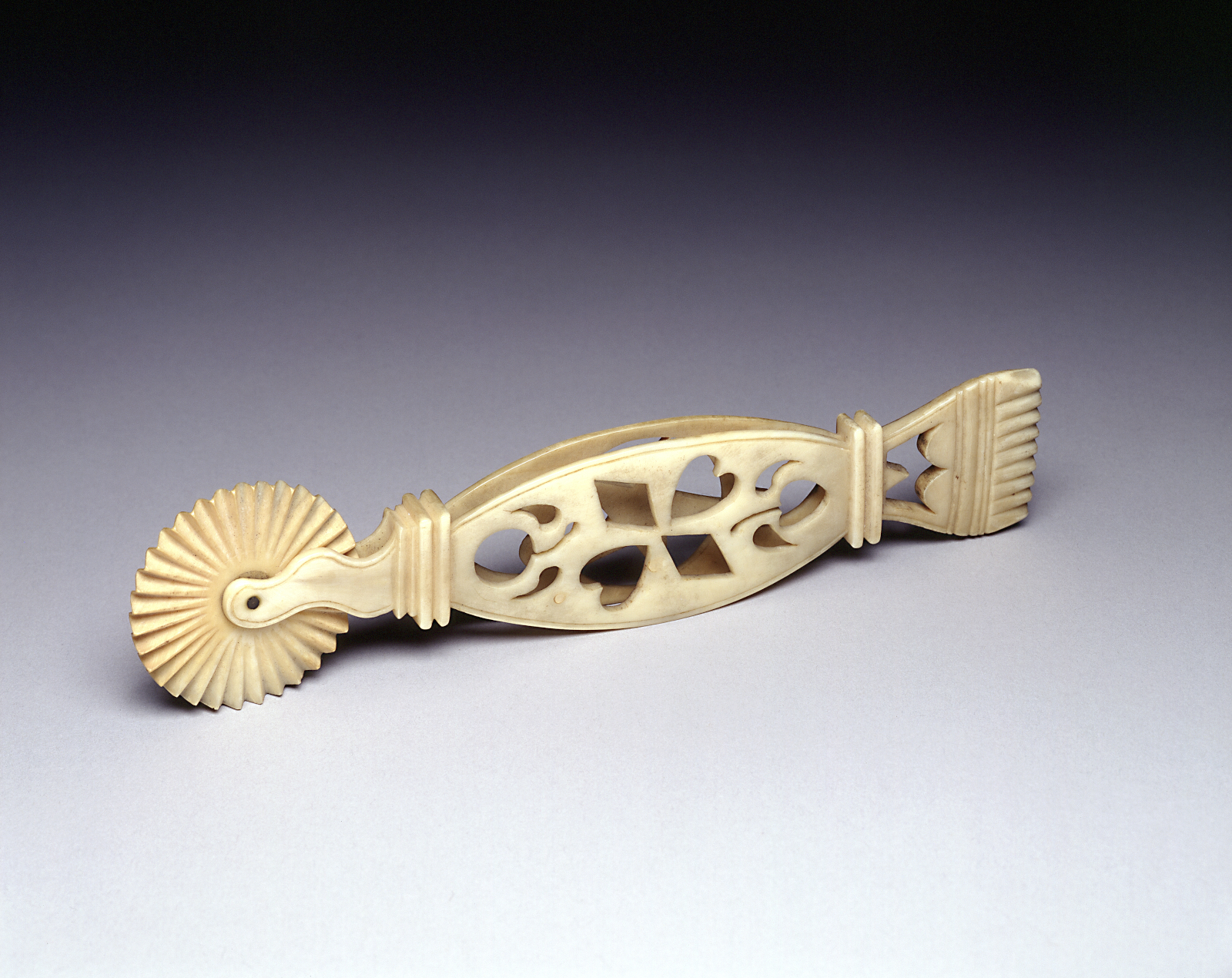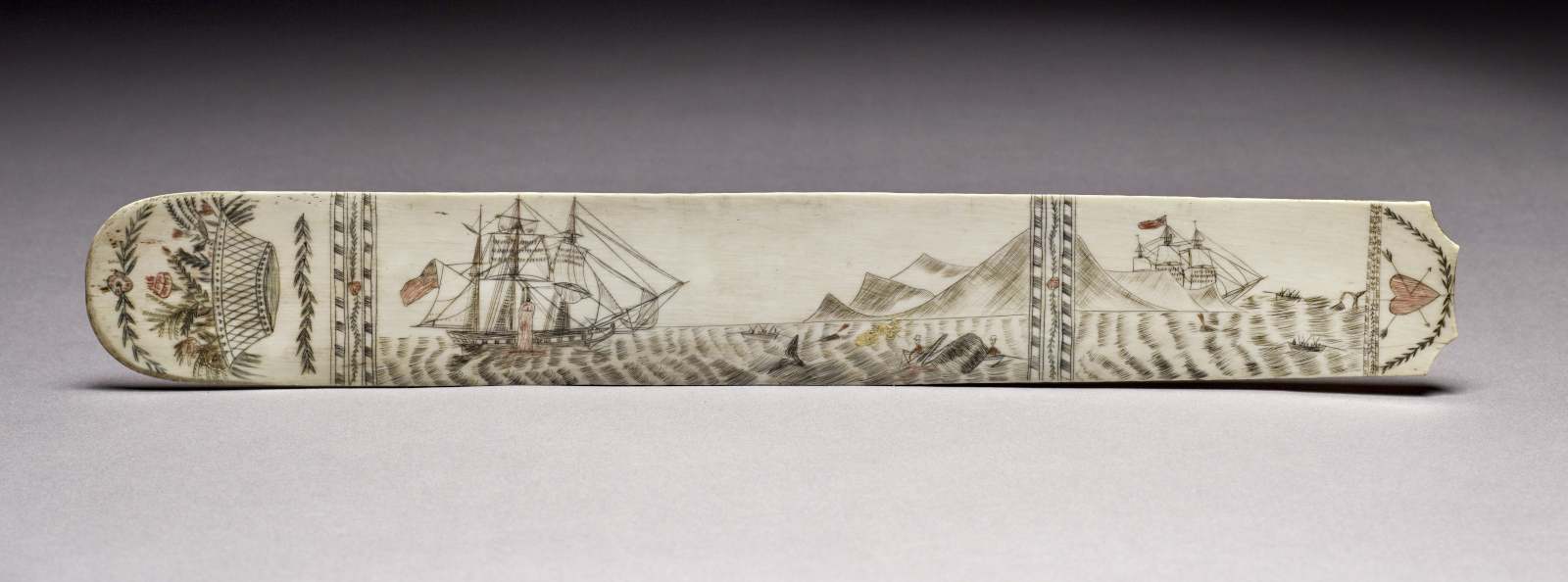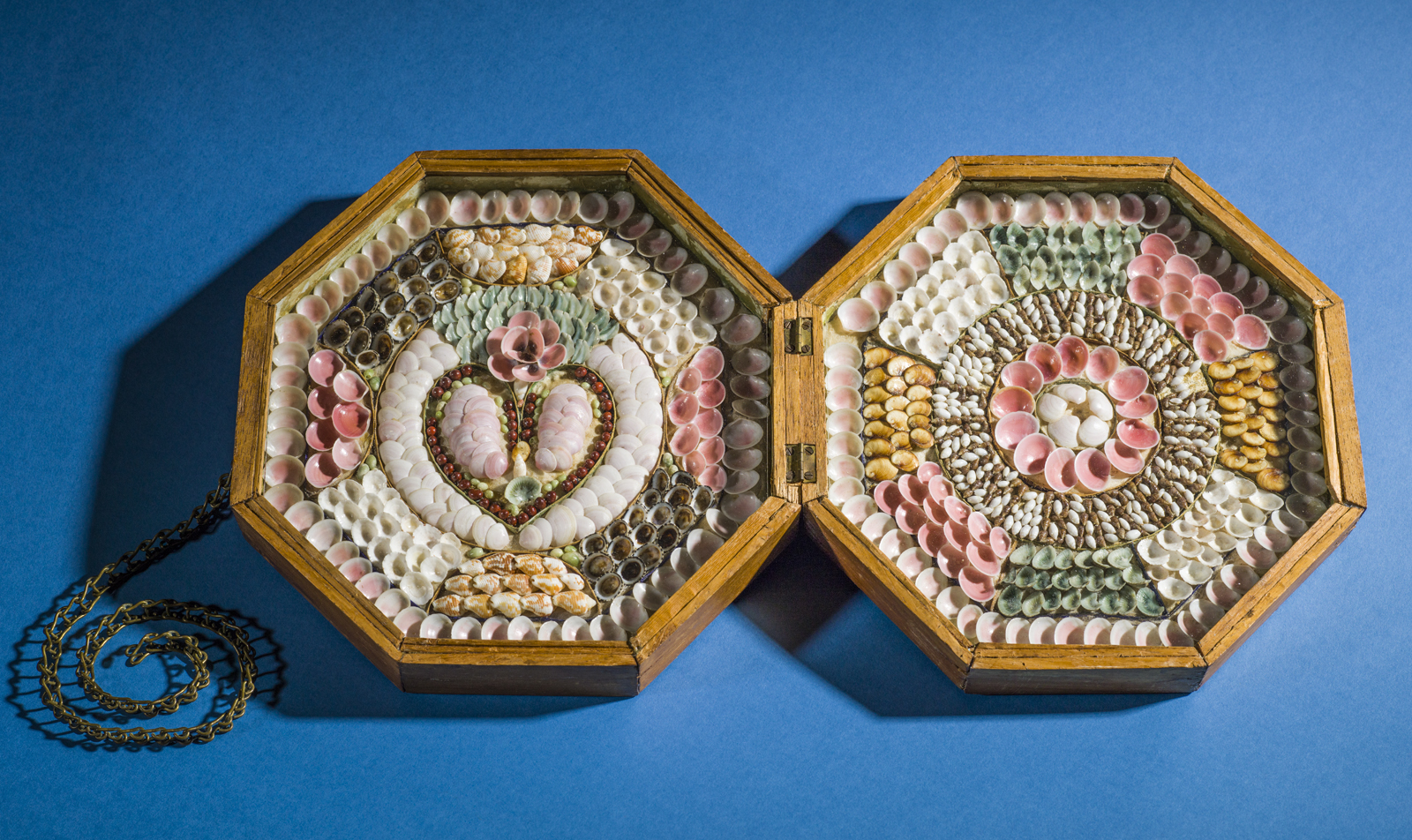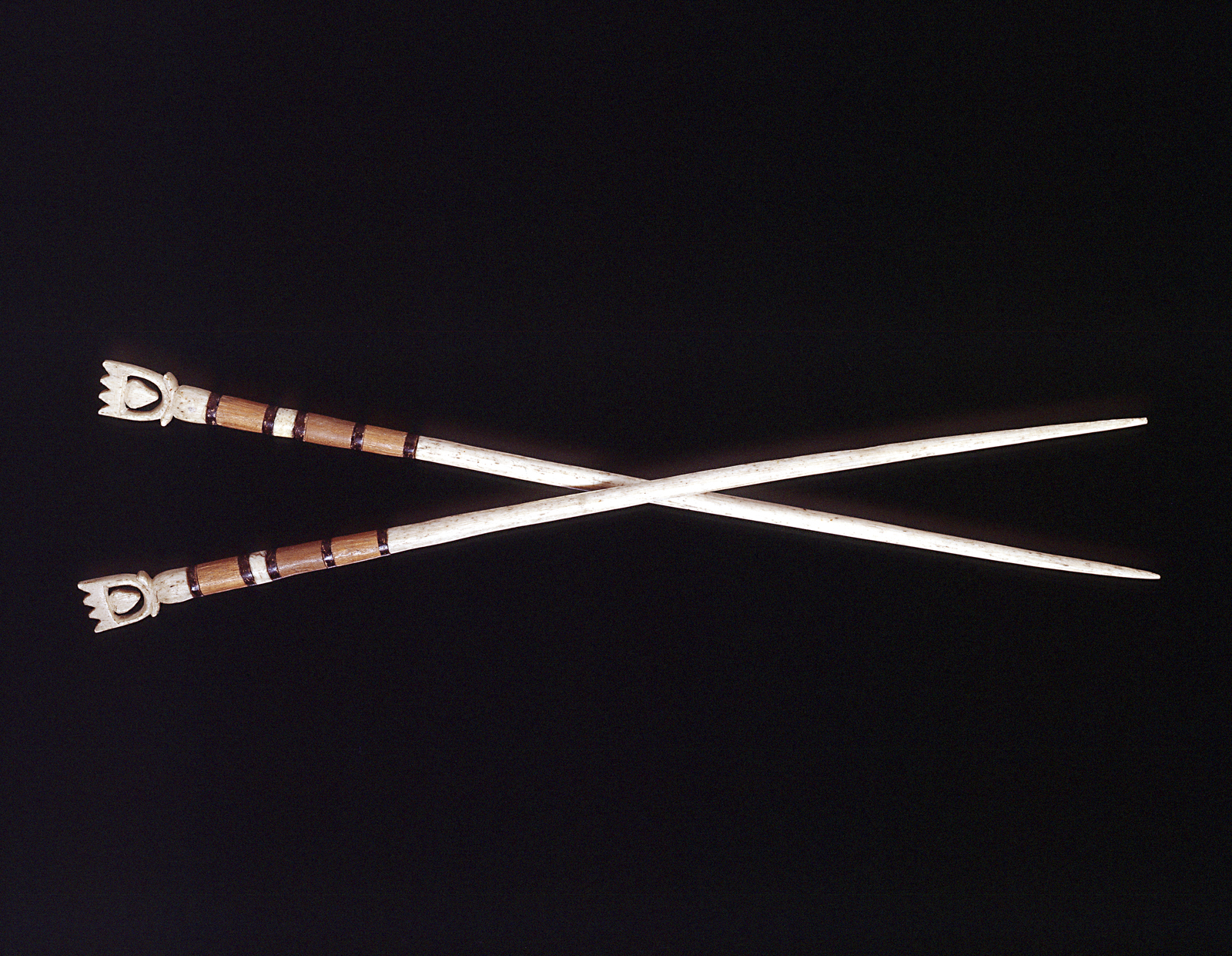Valentine’s Day can be a tricky holiday. There are three camps and woe to your partner if they don’t know what group you’re in – you either love it, you hate it, or you pretend you hate it but secretly still want that overpriced dozen red roses delivered to your office, complete with stuffed teddy bear. No, not at lunch hour when everyone is out! And not right at 5 p.m either! See? Tricky.
Whatever your personal feelings are on it, Valentine’s Day as a holiday has been celebrated in its current form since Victorian times when cards were mass printed and there was cheap postage to send them. The origin of Valentine’s Day is actually a bit murky, with various theories that revolve around a pagan fertility celebration mixed with a few saints by the name of Valentine who had unfortunate ends. Do a Google search on it; it’s extremely entertaining – and not all hearts and roses.
A History of Hearts
Speaking of hearts, we have all used that iconic shape – from written notes passed in middle school (yes, I am dating myself) to texting heart emojis – but the original double lobe on top with a point at the end dates to the 14th century. Before that, it was actually more of a closed pinecone shape. Intriguing, right? Read more on it here.
The heart motif is used everywhere! Just in our Collection alone, if you do a catalog search for “heart” you are rewarded with photos of a Valentine’s dance from World War II, a metal heart made of iron from CSS Virginia, a porcelain patch box commemorating Lord Nelson’s death, and much much more. Take a look for yourself here (but I warn you, our Collection catalog is like Pinterest for museum geeks; it will suck you in).
Love on the Open Seas
So since this is a blog to honor Valentine’s Day and not a novel, I decided to whittle down the list of artifacts with the heart motif to focus on objects made by – or purchased by – sailors as they were on long voyages away from their sweethearts. See, even the sailors hedged their bets and brought home gifts (OK, maybe not for Valentine’s Day, but it could have been!).
Sailors were often separated from their loved ones for years at a time, especially when whale hunting. Average voyages for smaller ships were around six months, with the larger vessels staying out to sea for three to four years. The longest whaleship voyage on record was an astounding 11 years! Read more on life aboard these vessels here.
So while these sailors were out to sea, what was there to do to pass the time between whale sightings? Why, carve whale bones of course! These artistic men would craft beautiful pieces for their sweeties back home, many of the objects being useful household items.
Baked with Love

Jagging wheels, also known as pie crimpers, are among the most common of scrimshaw items carved by sailors. The Museum has over 30 of these implements in its Collection. This jagging wheel, from 1860, features an open carved handle decorated with hearts, diamonds, and flowers. The wheel is used to cut the dough or seal the top of a pie crust with a decorative edge. The other end is usually a fork to poke holes in the upper pie crust for venting, but this particular specimen seems to have more blunt edges for decorating.
“Knit your hearts with an unslipping knot”
Another practical gift for your lovely bride back home would have been a pair of knitting needles, such as this 19th century example. Measuring just over 12 inches long, the upper portion of the shaft is made of segments of baleen (a flexible filtering plate found in a whale’s mouth), wood, and whale bone. The decorative topper is whale bone with a sawtooth edge and an open carved heart below.
The Heart Wants What it Wants

For the lady who wants a more personal gift, sailors would carve corset busks out of whale bone. This intimate item would be slid into a fabric channel sewn into a woman’s corset to serve as the supporting framework. Over time, corset busks that have been worn take on a slight curve as they conform to the woman’s shape. This busk from the 1800s, attributed to Welsh ship surgeon William Lewis Roderick, shows a British whaling bark believed to be the Adventure hunting whales. Romantic, right? Hey, the artist added flowers at the top and a heart at the bottom; what more do you want?
When You Don’t Have Time for Homemade, But Still Care

But what if you’re the captain and don’t have time to carve anything? Well then you visit a tropical port and pick up a “sailor’s valentine” made of local shells. These souvenirs were popular gifts to take back to your loved ones, but in the case of Capt. David Chapin Warren, his wife (Jeannette) potentially sailed with him – along with their two children – when this gift was purchased in the 1880s. A heart shape made of dark seeds and delicate pink and white shells is the focal point of this piece. The other side of the valentine says “Souvenir From Barbados” spelled out in tiny red seeds known as “crab’s eyes.” A brass chain linking the two hinged halves would allow the item to be hung on a wall, which the couple did at their summer home in Boston.
So, what’s the takeaway from this blog? Well, you may not be handy with carving – or have access to exotic souvenirs – but everyone enjoys a memento that says “I love you still. And still think of you.” Even the sailors who were gone for years knew this. My advice? Buy the flowers. Yes, with the teddy bear. Chocolate is good too (unless they are trying to eat healthier, then maybe one nice bar of chocolate versus a whole Whitman’s Sampler). Love is amazing, and precious. Celebrate it – everyday.
